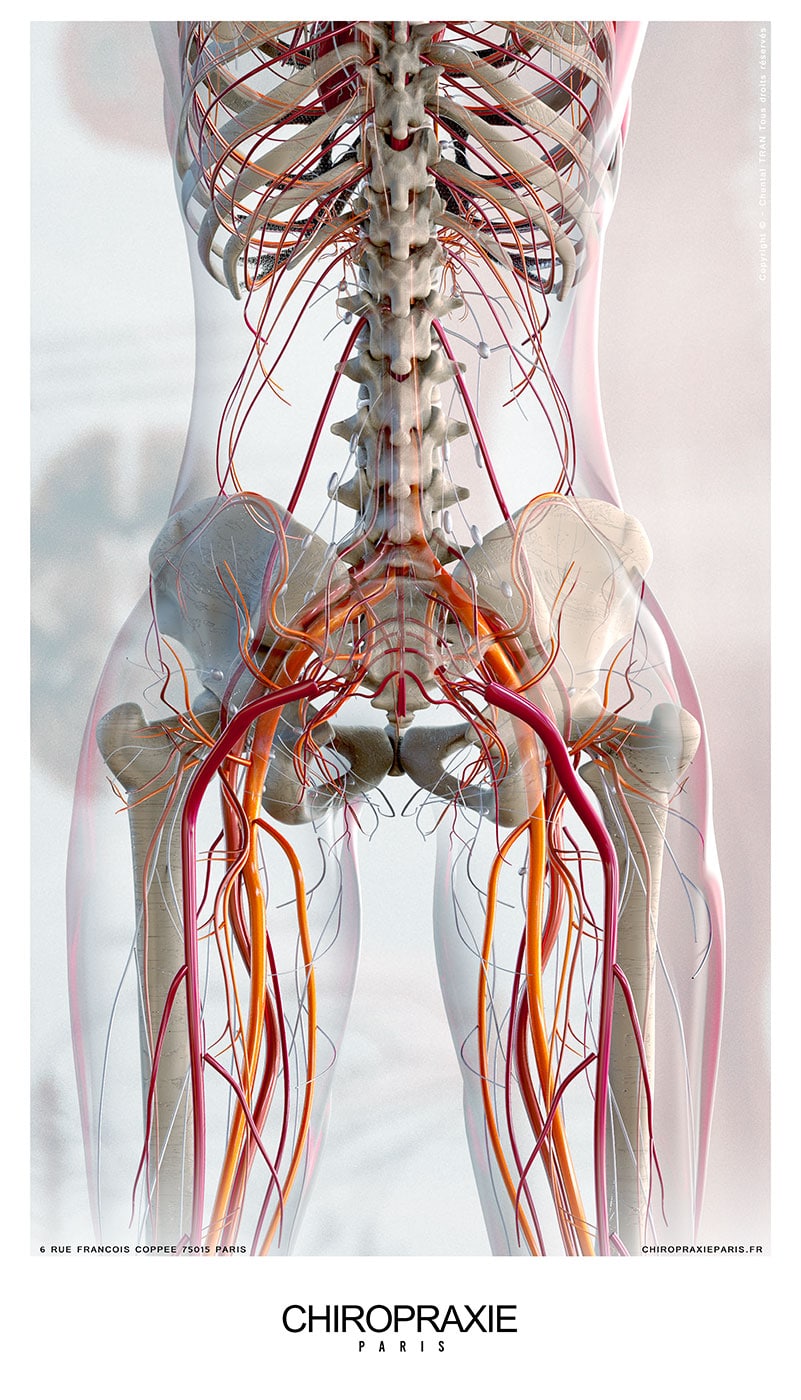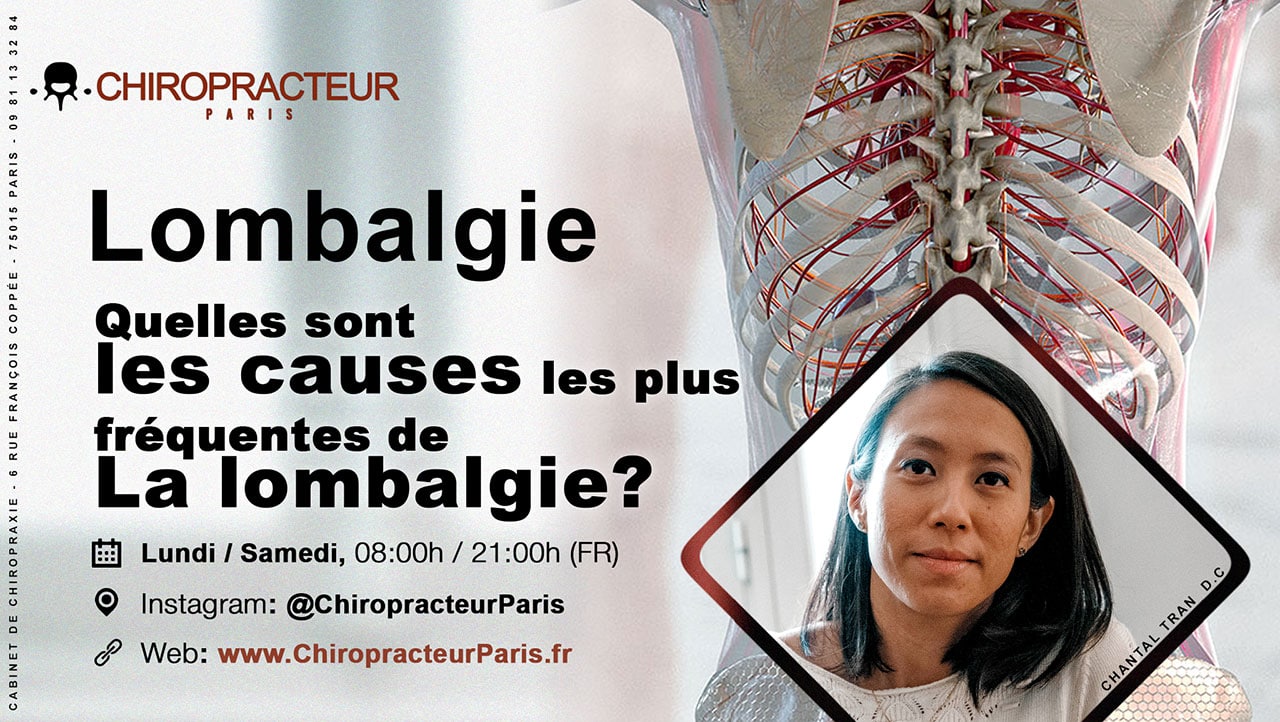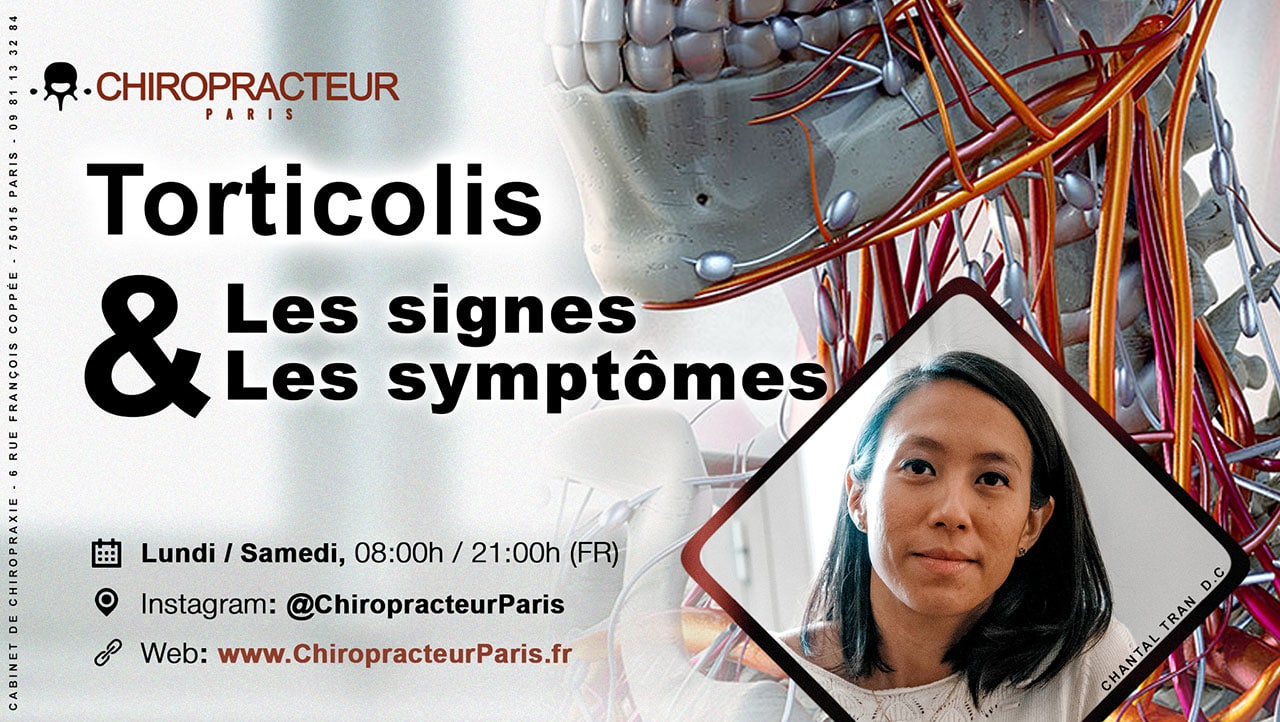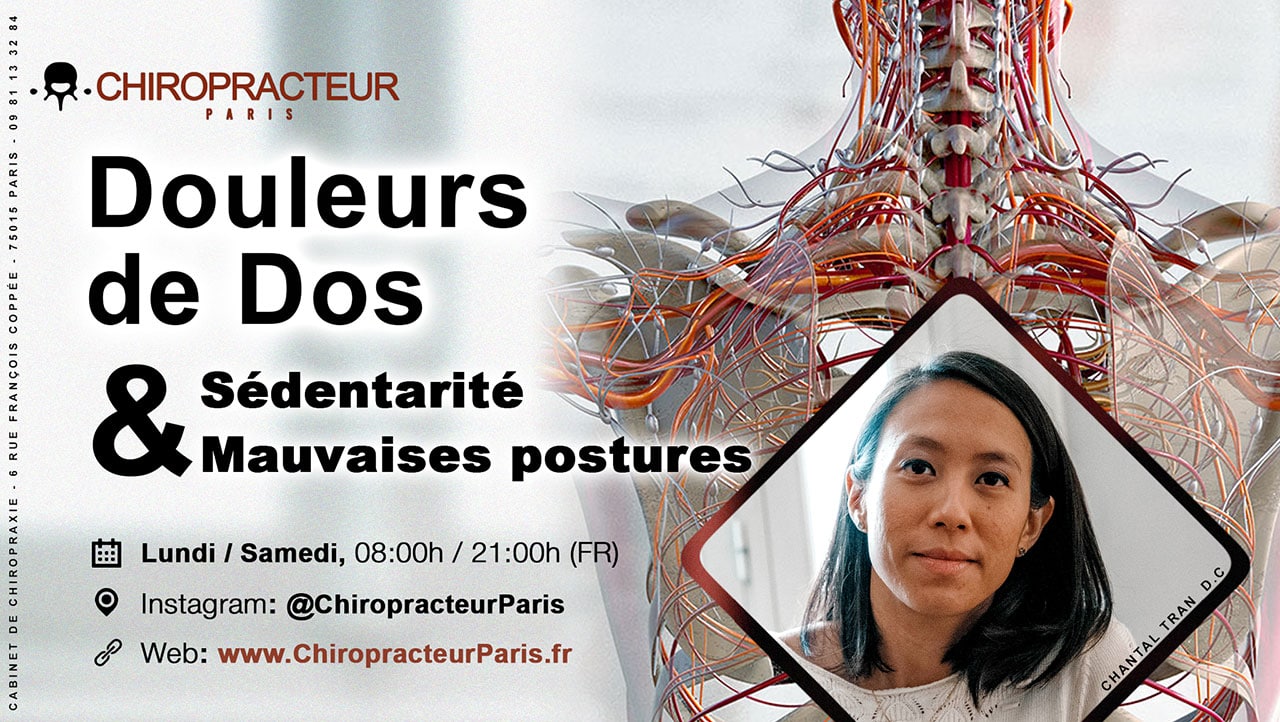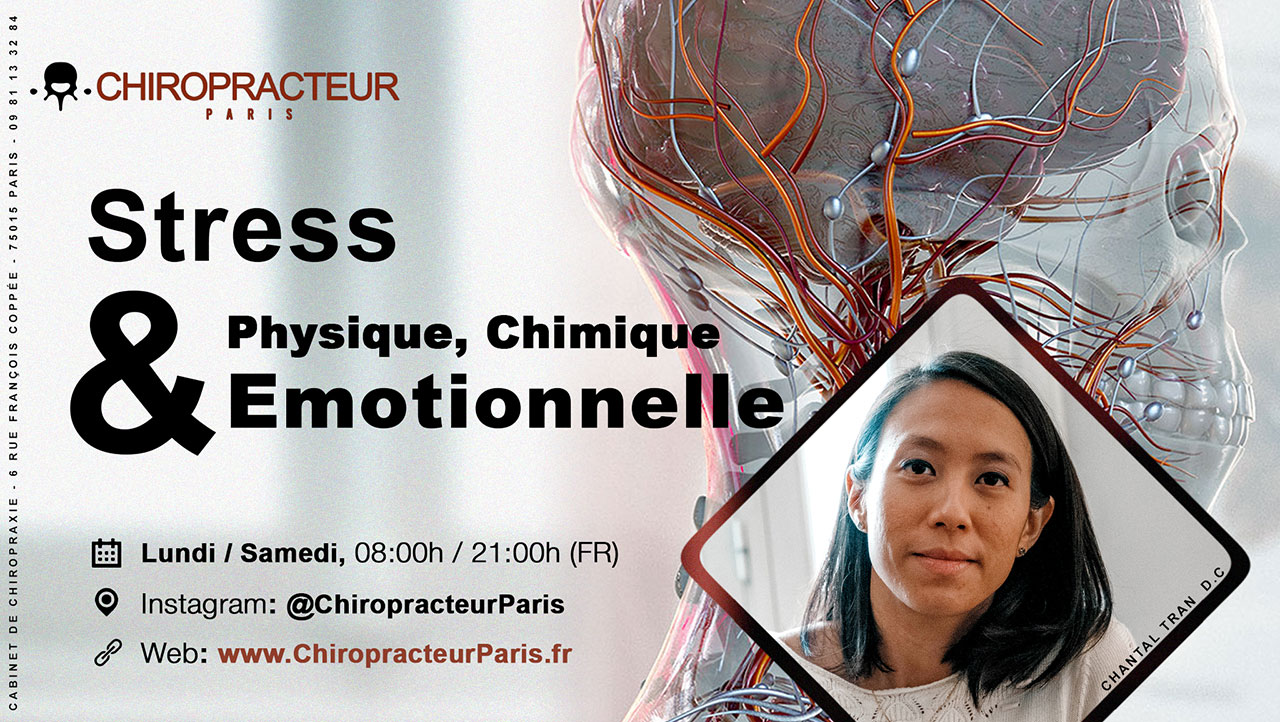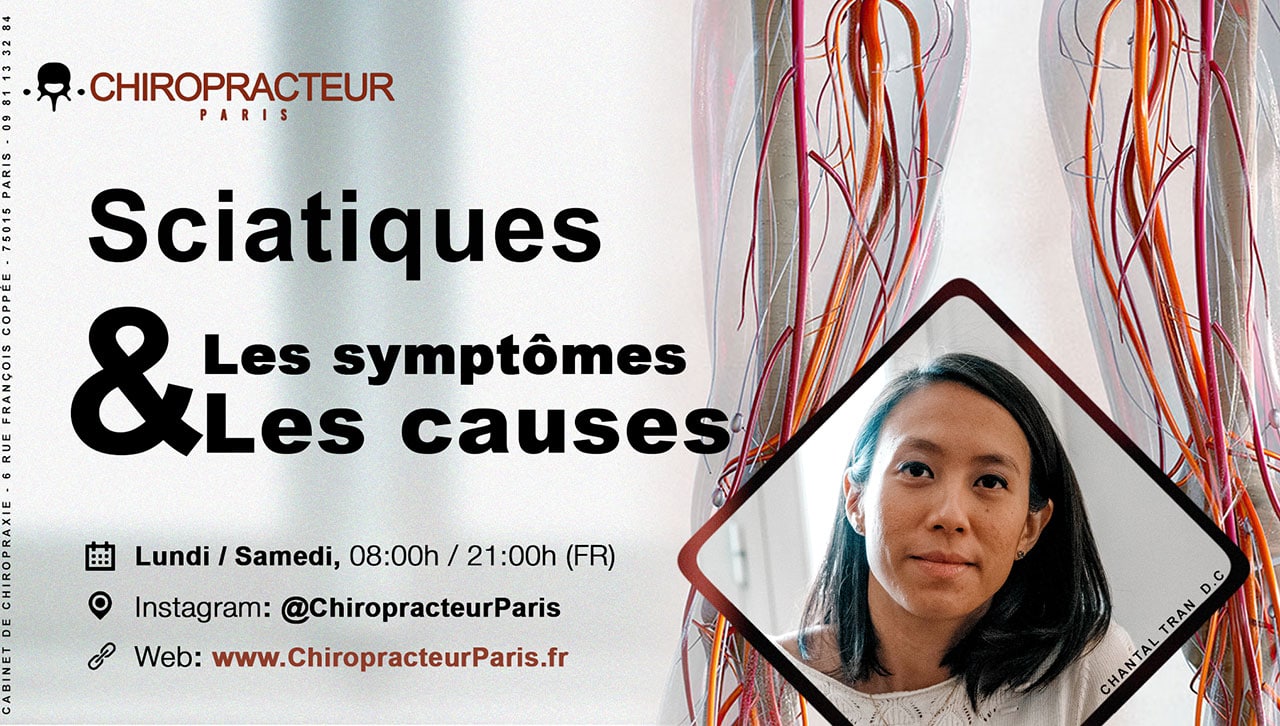Lumbago
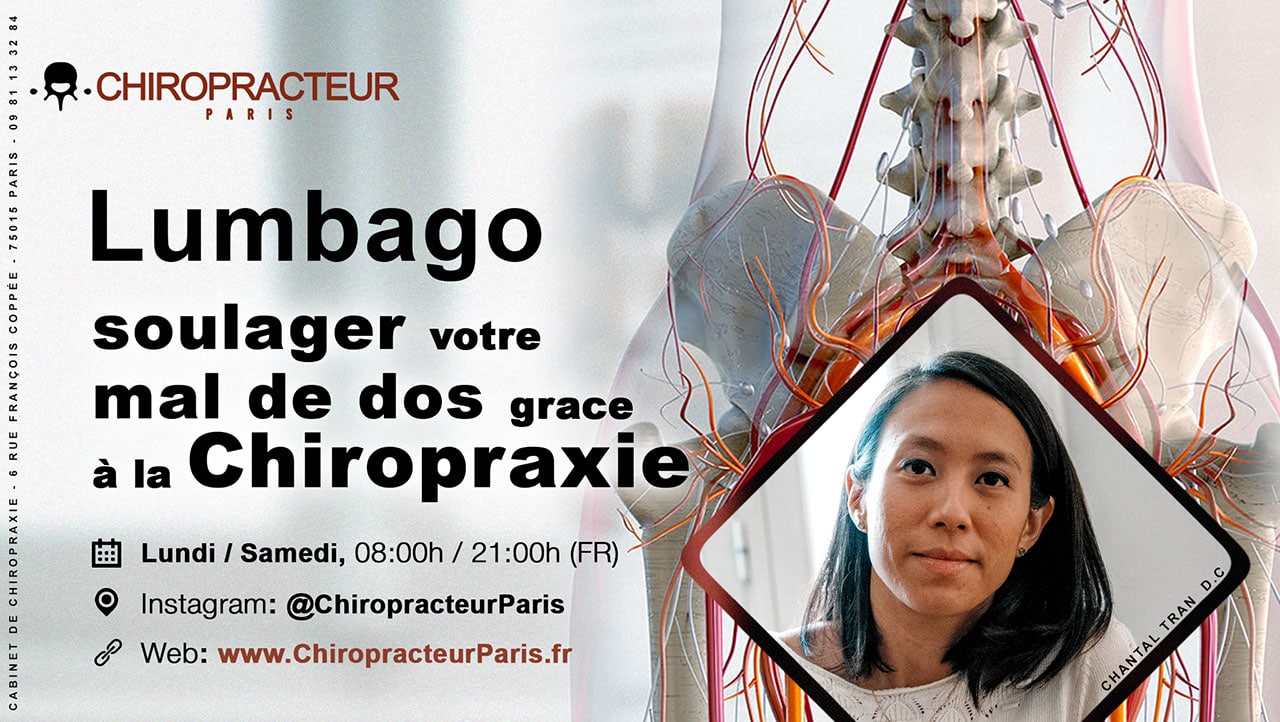
What is lumbago and what causes it?
Lumbago (also known as lumbar sprain, low back pain or spinal strain) is a condition that affects about four out of ten people at some point in their lives.
This common type of musculoskeletal pain causes a dull sensation of pain that usually affects one or both sides of the lower back. The pain may be accompanied by muscle spasms, stiffness and severe tenderness in the affected area.
Lumbago can also cause sciatica-like symptoms, such as pain that radiates along the sciatic nerve and down one or both legs.
The severity of lumbago can vary from person to person. Some people experience only brief episodes of lumbago, while others may suffer from chronic lumbago that lasts for months or years.
Symptoms of lumbago
Symptoms of lumbago may include:
- A dull and constant pain
- A sudden, sharp pain
- Muscle spasms
- Stiffness or tingling
- An analgesic posture, the trunk bent on the side.
How do you know if you have lumbago?
It is difficult to identify if a person is suffering from lumbago. To confirm a diagnosis of lumbago, a chiropractor will perform a postural examination, look for muscle spasms in the lower back and ask questions about your symptoms.
How chiropractic can help you relieve your back pain
Chiropractic is a form of treatment that focuses on the proper functioning of the spine. Chiropractors use a variety of techniques, such as spinal adjustments and manipulations, to help restore spinal alignment and reduce pain. Chiropractic can be an effective method of treating back pain and other conditions that affect the nervous system.
Your chiropractor will perform a postural examination, ask questions about the patient's symptoms and recommend specific physical exercises for back pain.
Types of lumbago treatments
There are a variety of treatments available for lumbago. The most common treatments are
- Rest: When you are in pain, it is important to rest your body. Take time to relax and allow your body to heal.
- Ice packs: Applying ice packs can help reduce inflammation and pain. Place the ice pack on the affected area for 10 to 15 minutes, 3 times a day.
- Heat pockets: Applying heat packs can help improve circulation and relieve pain. Place the heat pack on the area for 10 to 15 minutes, 3 times a day.
- Analgesics, infiltration: When you have lumbago, painkillers and anti-inflammatory drugs can help relieve pain and inflammation. Follow the advice of your general practitioner.
- Chiropractic: Chiropractors are experts in the diagnosis and treatment of nervous system conditions. Your chiropractor can help you manage your condition by teaching you exercises to strengthen your back muscles for better support and help reduce stress on your spine, which can reduce the pain caused by lumbago.
- Physiotherapy: A physical therapist can be helpful for back rehabilitation, maintaining muscle strength and range of motion.
- Surgery: Surgery is usually proposed as a last resort. Lumbago is often acute but recovers within a few days. If the lumbago has not improved with treatments such as rest, physical therapy and pain medication, your doctor may recommend further tests and refer you to a specialist to discuss surgery to remove pressure on the affected nerves.
Why should you see a chiropractor if you have been diagnosed with chronic back pain or sciatica?
The chiropractor, expert of the nervous system
Chiropractors are experts in the health of your spine and nervous system, they can provide a variety of treatments to help relieve chronic back pain or sciatica. Some of the techniques chiropractors can use include spinal adjustments, manipulations and pacing. Chiropractors can also help you maintain good posture and reduce stress, both of which are known to contribute to back pain. If you have been diagnosed with chronic back pain or sciatica, it is important to see a chiropractor for treatment.
Chiropractic and its benefits
The benefits of chiropractic are numerous, but more generally, the chiropractic benefits are:
- Adjustments and manipulations that restore proper function to your spine and improve mobility
- Tips on how to exercise for low back pain and how to avoid future injuries
- Healthier lifestyle habits, such as maintaining a healthy weight and good posture
Ways to prevent recurrence of lumbago
There are a number of ways to prevent recurrence of lumbago.
Here are some of them:
- Exercise regularly: Proper exercise and stretching can help relieve back pain, improve posture and keep your spine in shape. Exercise can also help reduce stress, which is known to contribute to back pain.
- Maintain a healthy weight: Carrying extra pounds around the abdomen puts extra pressure on the lower spine. Avoiding this pressure is one of the best ways to prevent lumbago.
- Apply ice packs: The local cryotherapy and about ten minutes has an analgesic effect.
- Apply heat compresses: Apply heat to your lower back if you experience muscle spasms or stiffness. Heat can help improve circulation and relieve pain.
- Limit stressful activities: Limiting physical activity when your lower back is sore can help prevent future episodes of lumbago.
- Avoid prolonged periods of sitting or standing: Lifting heavy objects regularly can strain your back. Prevent injuries by lifting with your legs instead of bending over to pick up objects.
- Practice good posture: Having good posture can help reduce pressure on the back.
- Strengthen back muscles with regular exercise: When you have lumbago, it is often difficult to do regular exercises. However, when you feel better it is important to get back to activating your back and abdominal muscles.
Do you suffer from lumbago?
Our goal is to help you get rid of your acute back pain. With our help, we are confident that you will find relief and your quality of life will improve. If you would like to learn more about how chiropractic care can help you with low back pain or sciatica, please make an appointment with one of our chiropractors.

